
Brand New Thinking: Creative Marketing Insights from 2021

The past two years have been challenging for brands, but for many the pandemic has seen them rise to the creative and business challenges ahead. It’s forced brands to get to grips with data as markets have erratically locked down, opened up and locked down again. It’s forced brands to confront their very raison d’etre. It’s forced them to take action on topics like accessibility, diversity and sustainability. It’s given rise to an accelerated growth of in-house agencies. And it’s necessitated a lot of creative thinking.
We look back on some of the brand-led interviews of the past year.
Carhartt’s Pioneering Support of Workers Is Stitched into the Brand
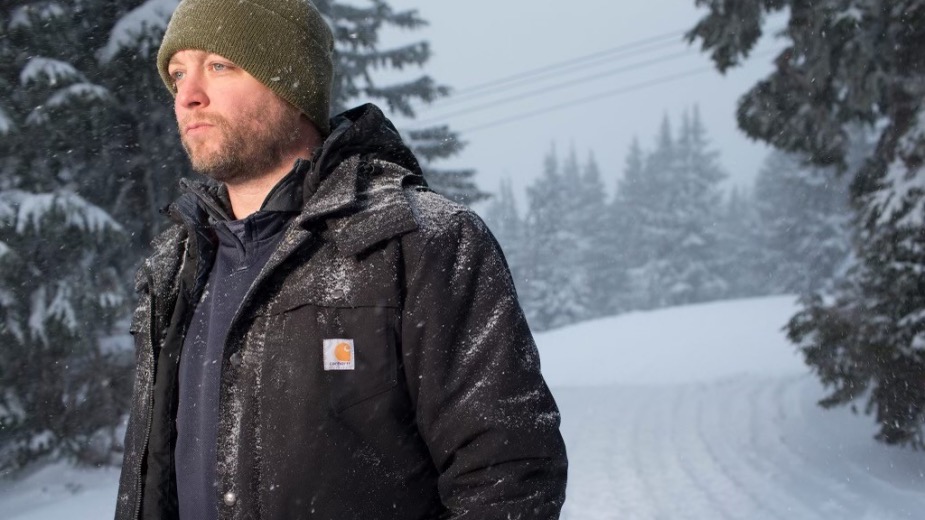
Space, so we’ve been told by Star Trek and, more recently, billionaires, is the ‘final frontier’. Workwear brand Carhartt, however, reckons the future is right here on Earth. It has recently launched a new campaign and brand platform, ‘Fit for the Next Frontier’, which is all about readying people for the future and backing working people. As the country faces an unprecedented labour shortage, with millions of job openings, the campaign features 55 different types of tradespeople who are defining the next frontier in their industry – including a solar panel technician, farmer, carpenter, mechanic, arborist, and many more – the story is grounded in unity through the foundation of America.
But while this campaign looks to the future, it’s grounded in Carhartt’s history. The brand emerged in 1889 in Detroit, a manufacturer that made overalls for railroad workers. From the beginning, the wellbeing and rights of workers was a central tenet of the business, as vice president of creative & executive producer Brian Bennett explains.
An Illustrated History of London’s Beavertown Brewery
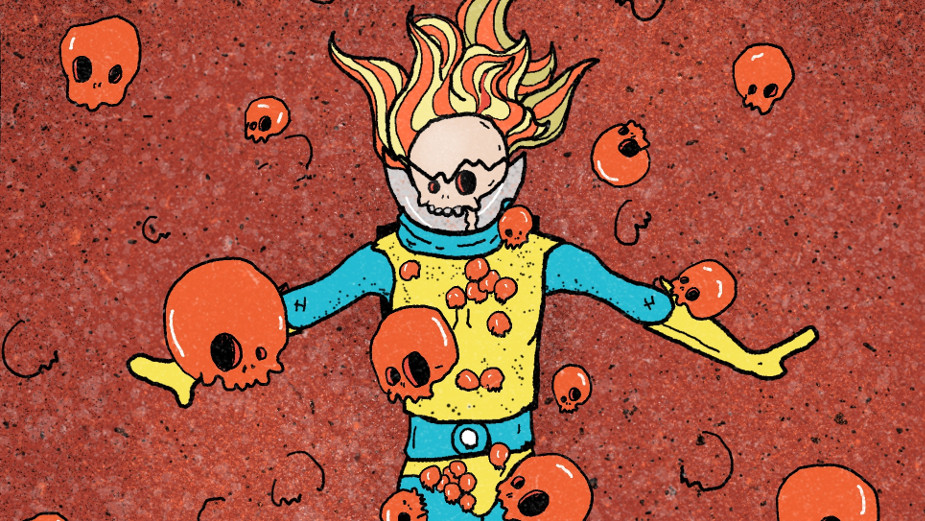
There must have been dozens of small groups of friends experimenting with homebrewing in London when the nucleus of the Beavertown first formed (around seven to 10 years ago, depending on who you ask), but there are none that have left quite the same kind of lasting impression on the craft beer world. The London brewery’s beers can be found in supermarkets around the UK now, Heineken owns a minority stake in the business and they’ve been able to scale up to the point where they’re even the official craft beer of Tottenham Hotspur F.C., with a taproom and microbrewery inside the Tottenham Hotspur Stadium - the first of its kind. It was even the sponsor of the clearest explanation of the UK's 'roadmap' out of Covid-19 - the One Way Road to Beer.
Nick Dwyer, who at the time of Beavertown’s founding was fresh out of art school, waiting tables and pushing for as many freelance illustration gigs as he could, was one of the particles floating around at the time that would eventually form that nucleus of the brand along with founder Logan Plant. Alex Reeves uncovers the brand's creative journey.
Data Brewing: Ab InBev’s Luiz Barros on How Data and Fast-Paced Creative Thinking Helped the Beer Giant Navigate Covid-19
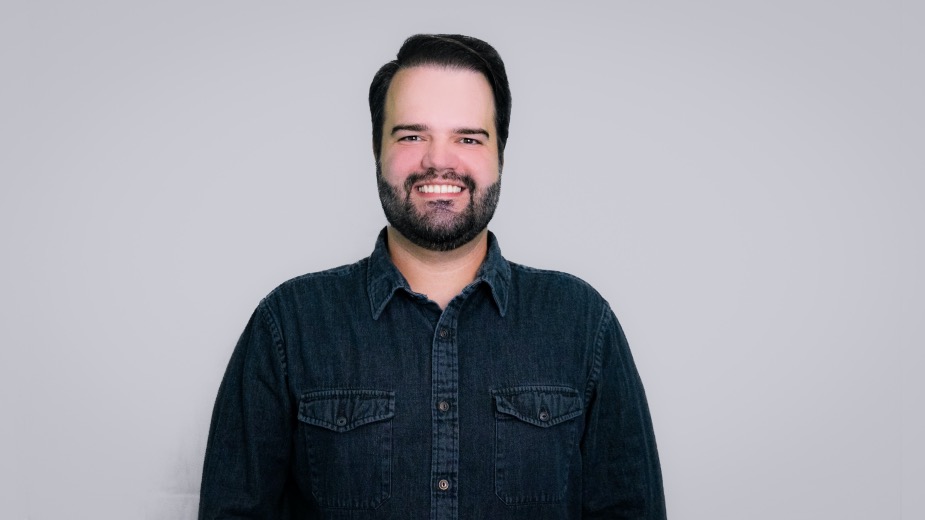
Testing, testing, testing. Covid-19 turned the world’s biggest brewer into a giant creative laboratory. The teams realised they’d have to move fast to respond to a constantly shifting landscape and that their consumers were finding themselves in completely unknown territory. Figuring out how to most effectively leverage their size to help society and respond to a changing world was not something that Luiz Felipe Barros, VP of AB InBev’s Data Center of Excellence, was keen to leave to guess work.
Instead, teams around the world started putting out frequent small-scale pilots, testing them out in the world with consumers to figure out what ideas were having the most impact and what creative thinking was worth scaling. It’s an experience that has totally transformed how the brand works with data, helping them put out creative projects with real impact. With greater internal transparency around data, teams are also able to have a clearer picture of the social impact that their campaigns and projects are having – taking the guesswork out of the great purpose debate too. Luiz talks through the brand's approach to bringing creativity and data closer together.
From Production to Inclusive Design: Unilever is Going Deep with Diversity and Inclusion
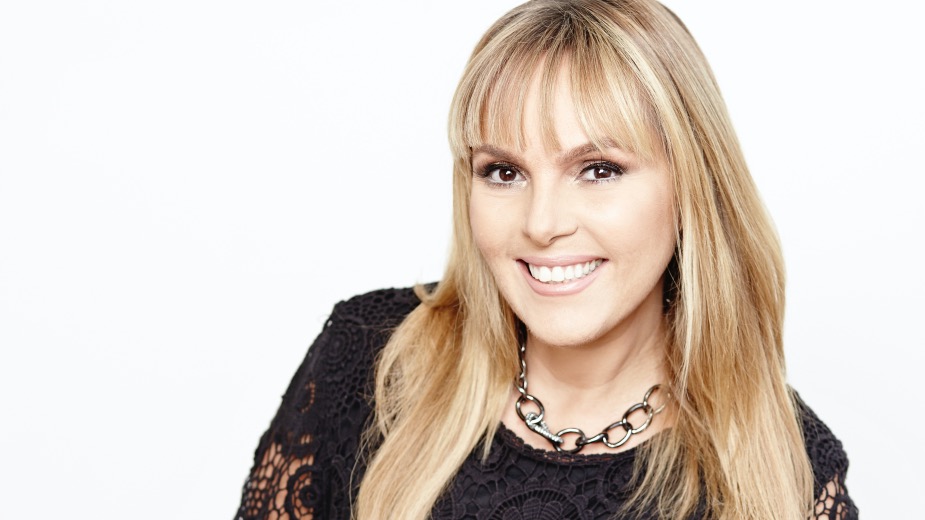
Unilever has set the industry standard when it comes to diversity, inclusion and representation in its communications thanks to its Unstereotype initiative. But as the behemoth has made progress in terms of representation in its communications, and processes designed to eradicate harmful stereotypes from its advertising, it’s now moving to what it calls its ‘Act 2’. That means drilling down to every part of the marketing suite, from research to brief-setting to production – as well as shaping how the wider business works with talent, suppliers and communities.
Aline Santos, who has a dual role as chief brand officer and chief equity, diversity and inclusion officer, says the aim is to ‘go beyond transmission to transformation’. It’s a root-and-branches approach – recent research by Kantar for Unilever found that 66% of LGBTQ+ people aged 18-34 believe people from diverse backgrounds feature in ads ‘just to make up the numbers’. When it comes to representation, the difference between meaningful, substantial change and surface level optics comes from the people making decisions behind the public images and words… and from the processes and ethos within the organisation. That touches every bit of the business – Unilever has announced they will spend €2 billion annually with suppliers owned and led by people from under-represented groups, and that’s not limited to comms. It includes ingredient suppliers and manufactures too. We reflect on the FMCG giant's journey to date and path forward.
Nicholas Drake Shares His Crucible Moment
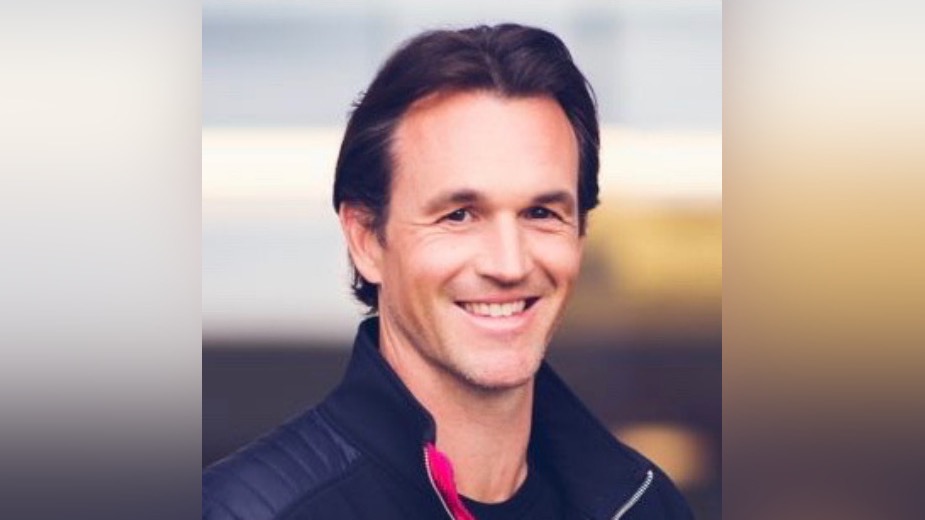
Nicholas Drake describes himself as an ‘eternal optimist’ and, as a leader, has tackled mammoth challenges with distinct mindfulness and compassion. At Quiksilver, on his first day he was handed the task of making 200 people he had never met redundant. At T-Mobile, he joined at a time the network was shedding a million users a year and was part of a senior leadership team that managed to grow users from 33 million to 120 million in a few years. At Google, he joined what he sees as the strongest digital marketing team in the world… and then just three months later the world was plunged into an unprecedented pandemic.
It turns out, Nicholas can trace the skills and mindset that have helped him thrive in tough times back to a highly influential rugby coach. In the late ‘90s, Nicholas was an aspiring rugby player, more concerned with marking opponents than marketing. In 1998 he landed a professional contract with club London Irish, a team that was languishing at the bottom of the Premiership. But as a young aspiring athlete with his future ahead of him, Nicholas grasped the opportunity. And into the club walked coach Dr Brendan Venter. A GP and former player for South Africa – a member of the World Cup-winning team immortalised in the movie Invictus – Brendan brought in ideas like radical inclusion and encouraged players to engage in ‘micro moments’ of play that they could control, a philosophy akin to mindfulness. Nicholas talks about how his sporting challenges have informed his leadership approach.
The New York Times: Making the Case for Journalism Worth Paying For
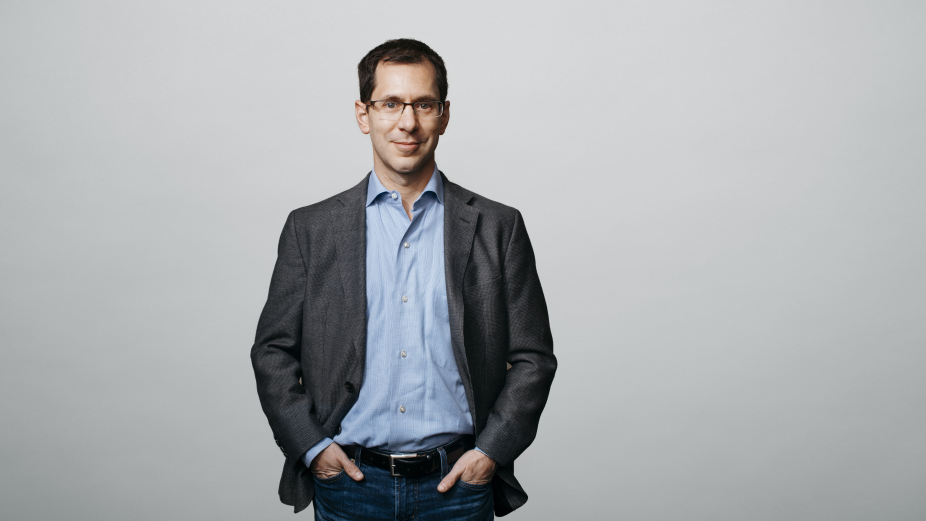
Chief marketing officer David Rubin shares his views on the challenge of persuading voracious readers to pay for news, why getting journalists to buy into the marketing was so important and becoming the Netflix of news
Arçelik on Turning from ‘White Goods’ to ‘Green Goods’
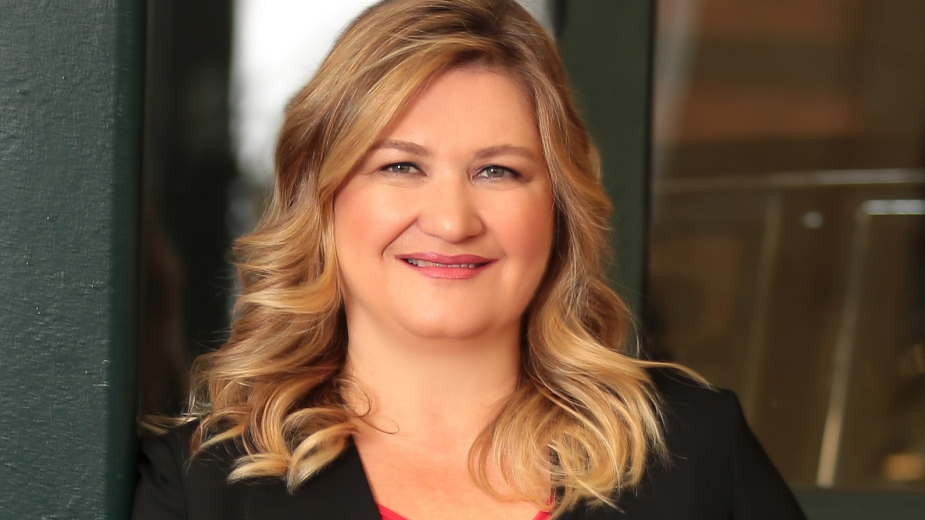
Arçelik is a company that sits in a sector we often refer to as ‘white goods’. Fridges, washing machines, ovens, that sort of thing. But take time to talk with employees at global HQ in Istanbul, or to pore over the mass scale sustainability efforts permeating every corner of the business and it becomes clear that Arçelik’s goal is to become known as a leading producer of ‘green goods’. The Turkish parent company of famous brands like Grundig and Beko has turned tens of millions of PET into household appliances and has been investing in innovation to drive down its carbon footprint and drive up the energy efficiency of its products. CMO Zeynep Yalım Uzun talked us through about the whys and hows of the profound change.
How Erste Group’s Christmas Ads Became a Festive Favourite
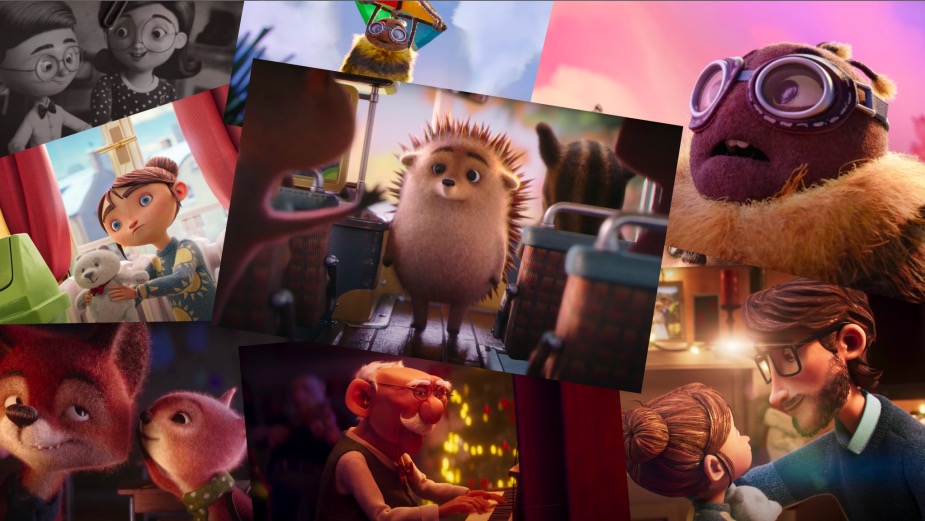
Back in the winter of 2018, we met a lonely little hedgehog whose prickles were getting in the way of his friendships. Between the soft, felted animation, the tearduct-tingling soundtrack and the warm and empathetic storytelling it was the standout festive campaign of the Christmas ad season that year. It proved to be a hit with audiences and has clocked up 78 million YouTube views. Since then big, emotional festive campaigns have become a key part of Erste’s marketing strategy to build the brand and encourage a sense of belief in the Central and Eastern European region. Marketing director Mario Stadler and group brand manager Daniel Ratzenböck talked about why it really is the most wonderful time of the year for Erste.
Podcasts, Humour & ‘Recommerce’: How Gumtree is Branching Out

Gumtree is a platform that has been just waiting for the 2020s to happen. The UK’s first online classifieds platform was founded by two friends back in 2000 – 2000! – just five years after Amazon and two years after PayPal. It was originally created to help antipodeans who had just moved to the UK get second-hand TVs and sofas for their new digs, but since then it has exploded into an incredibly broad community of 11 million users a month.
In that time, ecommerce, peer-to-peer and direct-to-consumer have boomed as has an awareness of more circular, sustainable ways of living as people seek to reduce their waste and impact on the environment. Now Gumtree has become an intersection between these two trends – a ‘recommerce’ platform as they pithily put it, a twist on the ubiquitous buzzword ‘ecommerce’. CMO Hannah Rouch on Gumtree’s Good Finds brand platform, and being at the intersection of community, ecommerce and sustainable consumerism.
Perfetto: Why Brand Building and Brad Pitt are Key to De’Longhi’s Growth Strategy
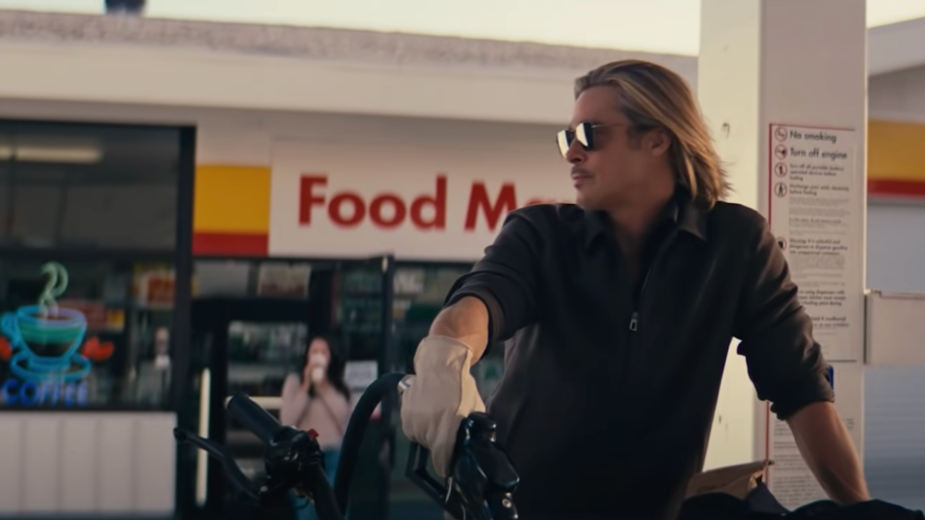
On September 2nd at 2pm, De’Longhi dropped their ‘Big Bang’. Their first truly global brand campaign, starring none other than Brad Pitt - and with an ad directed by Oscar-winner Damien Chazelle and photography from Lachlan Bailey - was borderline unavoidable. And that’s exactly what the marketing team was aiming for. The campaign marked a huge strategic and organisational departure for De’Longhi, the Italian home appliances brand best known for its espresso coffee machines. As global brand director Zeno Adami and Marco Cavallaro, group trade and media director, explain marketing to date has been largely focused on product but now the time has come to focus on brand.
Paper Fans: Why Papier’s New Rebrand is a Gift for Stationery Addicts

Is there anything more exciting and alive with possibility than a brand new, blank notebook? If you’re a paper person or a stationery stan, then, no there isn’t. The sensual experience paper (smooth, textured, lined, plain, dotted, heavy, light), the pristine cover and, most importantly, a world of possibility. What ideas will come to life? What long-awaited tasks will be crossed off the never-ending to-do list? Most people probably won’t understand, but when it comes to stationery, those who get it… really get it. And if that's you, then according to Papier founder and CEO Taymoor Atighetchi, that makes you a 'paper person'. We spoke to the entrepreneur who’s ripping up the rulebook.
Paint the Town Red: How Creativity Boosted the UAE’s Mission to Mars
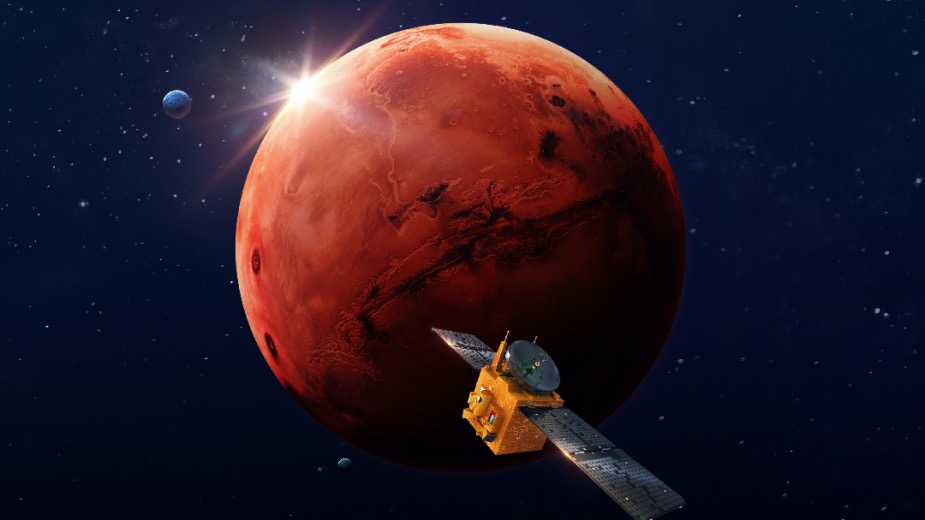
This February, the UAE erupted in a symphony of creativity in celebration as its probe Hope finally entered orbit. The probe is part of the Emirates’ Mission to Mars (EMM) and is being viewed as a milestone for the Arab world. The UAE is just the fifth nation to get to Mars. But the government of the UAE wasn’t content to let this momentous event simply become a nice news story that would soon slip from the public imagination. Instead, they were inspired to launch a series of creative, playful, and ambitious activities to enthuse and engage people, to generate a feeling of togetherness and hope at home and to spark a future generation of scientists, engineers, inventors and entrepreneurs.
If the intention was to break through the clutter, the team certainly achieved that. Buzz was generated online with the First Emoji Pledge, where people were encouraged to send messages of support to Hope. Babies born on the day that Hope entered orbit were given ‘Future Astronaut’ sleep suits. Arrivals to Dubai airport had their passports stamped with ‘Martian Ink’, made from local red rock. And, in possibly the most audaciously, deliciously sci-fi move, they brought Mars’ twin moons Phobos and Deimos to the skies of Dubai.
Khaled AlShehhi is executive director of marketing and communications at the UAE Government Media Office, and he has been conducting a full orchestra of creative agencies as they brought the magic of Mars to Earth. He explains why creativity is so important to the Emirates Mars Mission and the UAE’s post-oil future.
Awesome Sauce: How Heinz Ketchup Is Satisfying Brazilians’ Hunger for Tasty, Authentic Creative

Following a recent plantable label, which demonstrated Heinz Ketchup’s natural ingredients and ‘Tomato First’ strategy, LBB’s Laura Swinton caught up with Luana Sá, brand building manager at Kraft Heinz to find out how the marketing team is using playfulness and authenticity to connect with Brazilians.
We’ll Meet Again: How Humour, Empathy and Style Have Driven Heineken’s Pandemic-Era Marketing
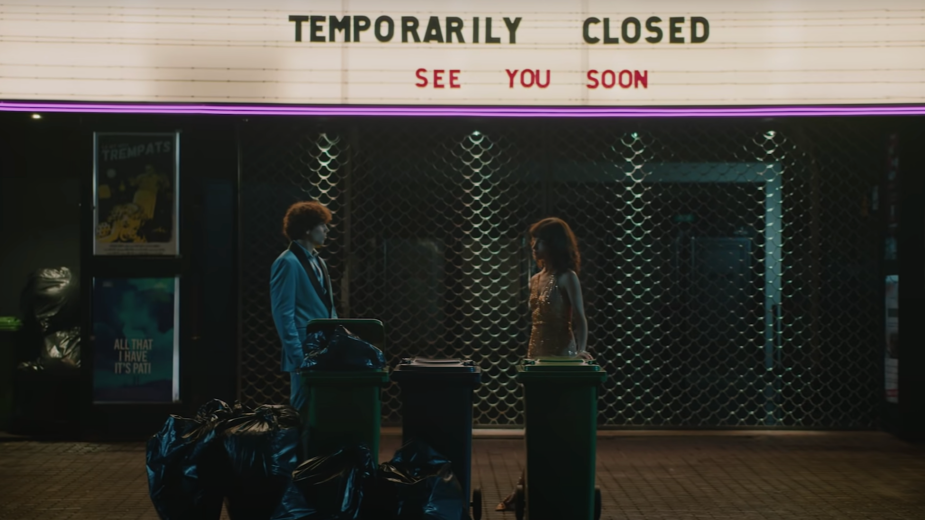
The pandemic year has seen many brands ossify with overly-sombre, hand-wringing faux gravitas. Surprisingly, though, it’s seen Heineken rediscover its sense of humour. That’s not to say that it’s a wacky class clown of a brand – no, it’s the wry Sean Connery arched eyebrow, Roger Moore quip and the Pierce Brosnan smooth moves of early 2010s classics like The Entrance and The Date. But, perhaps now, there’s a deeper sense of emotion and empathy. Most people have had a tough time and we want to hang out and crack a beer with the people who matter – and Heineken gets it. Heineken’s Bram Westenbrink and Le Pub’s Mihnea Gheorghiu and Eleni Charakleia chat to Laura Swinton about bin bag-wielding stylistas, the #SocialiseResponsibly platform and a cheeky Champion’s League post
Box of Tricks: The Method and Magic of the Huge Sky Glass Launch Campaign

As Sky launches its own TV, marketing director Sunny Bhurji talks about building a brand from scratch and the communication challenges of this surprisingly disruptive new offering. It’s a big play - and Sky were determined to make sure that no one misses it. “We created a TV and we wanted to make sure that the campaign also lived up to that. We’re disrupting different categories. We’re also creating a whole new category. And so, with that you need a marketing campaign of a good level behind it,” says Sunny.
Why Hospitality Giant Accor Group Brought in the ‘Fashion Weirdos’ to Spearhead In-house Creative

By his own admission, Jean-Guilhem Lamberti was a little surprised when he got the call from hospitality giant Accor Group to build an in-house creative studio. He self-effacingly describes himself as a ‘fashion weirdo’, given his extensive background in luxury, fashion and beauty. But, it turns out, the group’s president Sebastien Bazin knew exactly what he was doing.
Coming from the agency world, about 20 years ago Jean-Guilhem was managing director at Publicis Conseil before he jumped to the brand side where he started to create internal studios. His first port of call was Bulgari, which at the time was working with three agencies. Little by little, they started to internalise everything - not just advertising and asset management but everything pertaining to image and customer experience, from events, PR, store design, packaging and visual merchandising. Highlights of this time included a famous Julianne Moore campaign and an extravagant anniversary exhibition at the Grand Palais. And soon enough Dior came calling so that he could do the same for them. And for a more hands-on creative challenge, he joined Jimmy Choo, where he got to work on the flagship store in London.
Sebastien Bazin, it turns out, was on a mission of transformation, shifting the group’s focus to premium and luxury experiences. Though at first unsure, Jean-Guilhem was captivated by the pitch…
Great Apes: Behind the Scenes at Mailchimp’s Creative In-House Agency
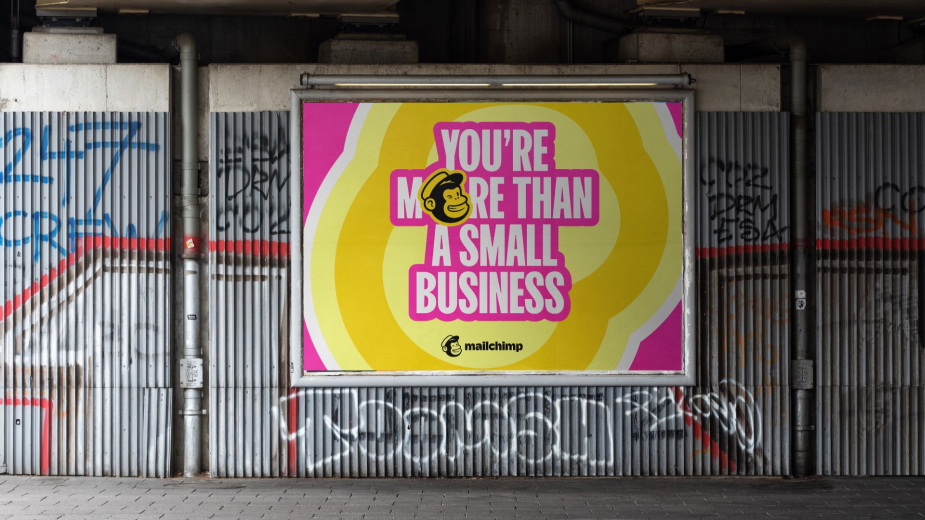
“I was always jealous, when I was on outside looking in: ‘Who’s making all this Mailchimp stuff?’” Jeremy Jones had been an admirer of the marketing platform Mailchimp long before he came onboard as global director of campaigns. Understandably so. Rare for a tech company, Mailchimp was founded by a designer, Ben Chestnut, and so has always fostered usability and visual flair, not only within its own products but in the businesses and projects of its millions of active users. Jeremy is part of a growing in-house creative marketing agency at Mailchimp. It’s a relatively new venture for the company, whose in-house creative talent has until recently been concentrated on the designs and design tools built into the product and platform. He joined a year and a half ago from Wunderman Thompson to help build out the capability, and already the agency has grown to be over 50 people strong. LBB's Laura Swinton finds out about Mailchimp's in-house approach.













